The human race has been telling stories since its inception. Whether it be to teach loved ones, pursue fame and fortune, or deal with our inner demons, this idea of formulating imaginary worlds and characters to give life meaning is something we will never take for granted. But in the modern world, where corporations are continually apathetic towards the purpose of storytelling in pursuit of profits, that meaning has been forgotten.
In many ways, this desire to tell personal stories without capitalist oversight mirrors the ambitions of Hazelight, who in the past decade has created hits like A Way Out and It Takes Two which not only tell unique stories about the power of human connection, but also bring us together in the ways they are played. You cannot make it through these experiences alone, and only by joining forces with another person can you conquer their levels and appreciate flawed yet lovable characters, each just trying to figure out their purpose in life.
With Split Fiction, that journey continues, and arguably reaches its crescendo in magnificent yet ultimately mixed ways. Through the eyes of Zoe and Mio and the genres of fantasy and sci-fi, you will work through grief, love, and come to remember why we tell stories in the first place. But it also falters, unsure whether it wants to cling onto its casual co-op roots or strive for something more.
A Tale Of Two Genres
Zoe and Mio are two wannabe writers who have been slaving away on manuscripts as they try to make ends meet, until a mysterious corporation called Rader invites them to their grim corporate offices with the promise of publication. Our heroines are naively optimistic, quick to jump at the chance of success even if it means selling their souls to the devil.
Rader is yet another technology company eager to steal the ideas of fledgling creatives and feed them to a non-descript machine, which in Split Fiction is a blatant commentary on how corporations are embracing generative AI, guided by the false belief that it will ever equal the value of art made by real people. Zoe and Mio are guided into a simulation and told this will lead to their books being published, when in reality it’s nothing but a ruse to empty their minds of creative talent they have spent decades honing.
It is very on the nose, with Zoe and Mio taking mere minutes to realise they’ve been tricked and need to do everything they can to get their ideas back, even if it means tearing apart this simulation from the inside. You then embark on an adventure where each level bounces between science fiction and fantasy worlds created by Zoe and Mio to deal with their own personal hardships and personality quirks. It’s an ingenious concept that Hazelight pushes to its very limits both visually and mechanically, even if some levels prove overlong, generic, and unable to match the heights of what came before.
It Takes Two To Confront Your Childhood Trauma
From a gameplay perspective, Split Fiction is the evolution of It Takes Two I expected it to be. Each player controls either Zoe or Mio, and every level has you gaining new skills and abilities which must be used to platform across stages, defeat enemies, and figure out puzzles. An early sci-fi level has Mio wielding a gravity sword as she slashes through robots and runs along the walls and ceilings, while Zoe has a telekinetic whip she can use to pull down ladders or hurl objects across long distances.
I developed a routine of stepping into a new level and learning exactly what the signature mechanic entailed, often being blown away by how clever they were before falling into the usual habit of working with the other player (in this case, my lovely sister) to figure out how exactly our differing playstyles can complement one another. At times, though, they outstay their welcome – one particularly generic sci-fi level has both Zoe and Mio wielding laser guns that are used to defeat enemies and also solve puzzles through opening doors and activating switches of different colours.
There is plenty of platforming in Split Fiction with its double jump, dash, and grapple being used on a constant basis. All of them feel great, and I adore how Zoe and Mio each have unique animations that are beautifully reflective of who they are as people.
This level is significantly longer than it needs to be and belabors its arrival at a predictable finale that feels more like a whimper thanks to how long we’ve had to see many of the storytelling beats coming. I’ve always found Hazelight’s style of writing to be hokey yet heartfelt, and Split Fiction carries on that tradition to its own detriment. I called pretty much every twist and turn from the very beginning. Excellent performances and themes of loss I had a personal connection with meant I was carried through regardless, but it’s unfortunate that Hazelight hasn’t sharpened its writing chops.
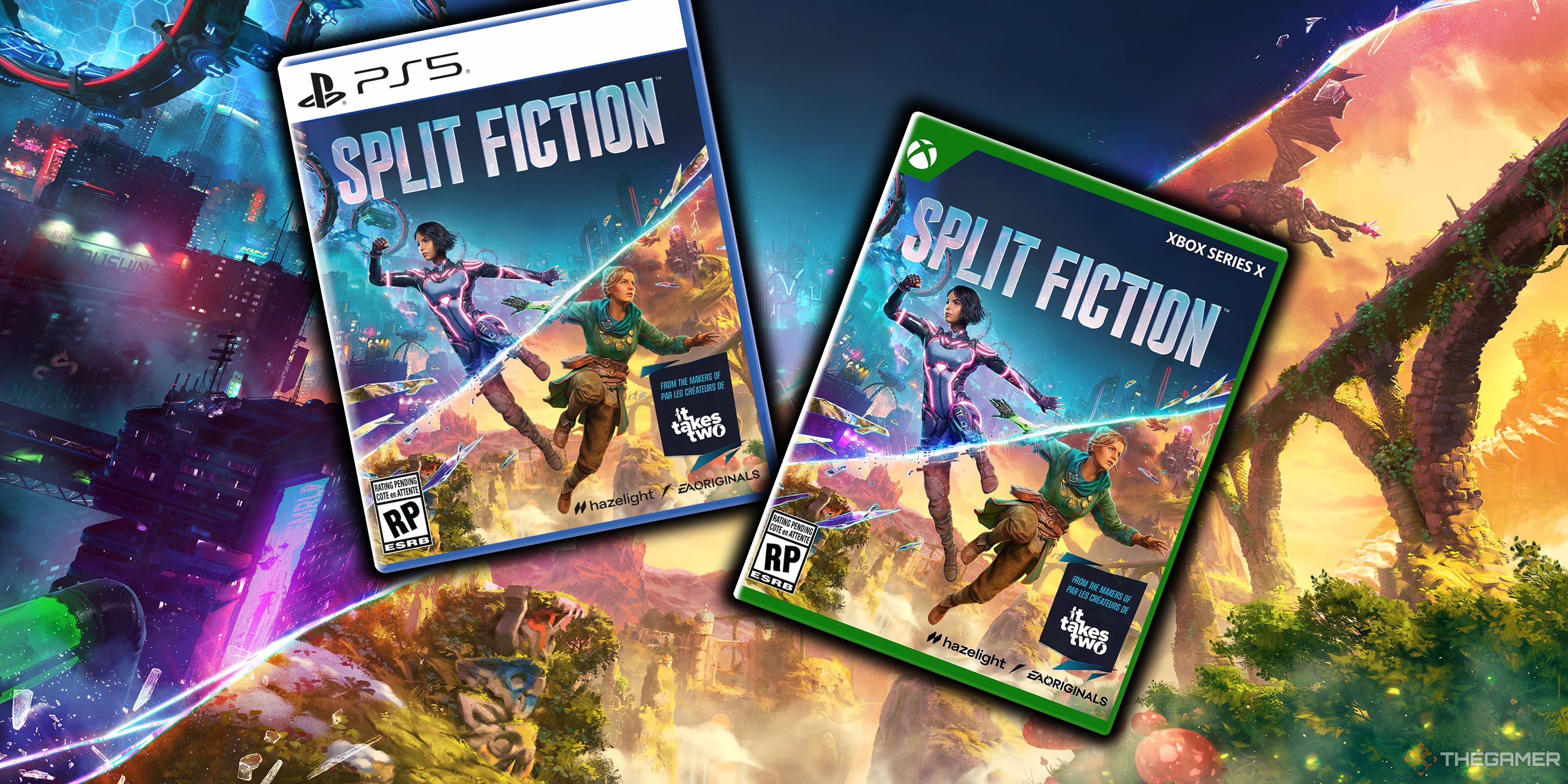
Related
Split Fiction Spits In The Face Of Modern Multiplayer Trends
An expanded Friend’s Pass makes Split Fiction even more player-friendly than past Hazelight games.
Lacklustre writing thankfully doesn’t take away from the chemistry between Zoe and Mio, who begin the game as bitter acquaintances before growing into ride or die gal pals. You want to seek out every nook and cranny in each level just to hear what they have to say, both about their newfound powers and little nuggets unveiling more of their backstory. It would have been equally impressive for Split Fiction to jump between genres without narrative underpinning each level, but the fact every single universe we explore features a distinct emotional purpose makes them so much more enjoyable.
Hatching a dragon and watching it evolve only to let it fly free is a bittersweet journey, yet it effortlessly reflects Zoe and her troubled relationship with guilt. Meanwhile, Mio bringing down a facility that is greedily draining life away from a living creature, a thread that mirrors her own experience with terminal illness, sings all the right emotional notes even in the face of cliché. Even the stage where you transform into giant trees and angry monkeys can tug at your heartstrings.
We Need To Find A Way Out Of This Simulation
You also have side stories that provide additional glimpses into Zoe and Mio’s respective imaginations, but Hazelight also uses them as a way to flex its creative muscles outside the fantasy and sci-fi box Split Fiction traps them within. One has you taking control of pigs capable of farting into the sky, while another has both girls transformed into teeth before doing battle with an evil robot dentist. These are all excellent and worth seeking out, but aside from one exception, the game pretty much makes these side quests impossible to miss. You won’t find much in the way of collectibles or secrets off the beaten path either, aside from a couple of cutesy Easter Eggs.
Side stories causing my jaw to drop became a common occurrence, whether I was pulling off sick snowboarding tricks in the decaying ruins of a dying star or hopping about a sketchbook as Zoe narrated our brief excursion. Unlike some of the main levels, however, none of these outstay their welcome. In fact, I wish there was more to them. There’s also a conversation to be had about Split Fiction’s casual appeal, and whether its reliance on tried-and-true genre tropes and constantly evolving side stories means anyone can pick up and enjoy it like you could with It Takes Two, or if Hazelight is right to embrace further mechanical complexity.
Split Fiction is Hazelight at the pinnacle of couch co-op. It tells a story all about the power of human imagination while throwing us into levels that keep you guessing right until the very end, superseding a lovable yet predictable duo of heroines who rely much too heavily on cliché to tell their stories. Yet I still cared, and with each new level I still hoped to master each mechanic and see everything they had to offer. Shortcomings aside, there is still nothing like Split Fiction in the modern gaming landscape, and so long as Hazelight sees fit to keep on making games like this, I’ll keep on showing up.
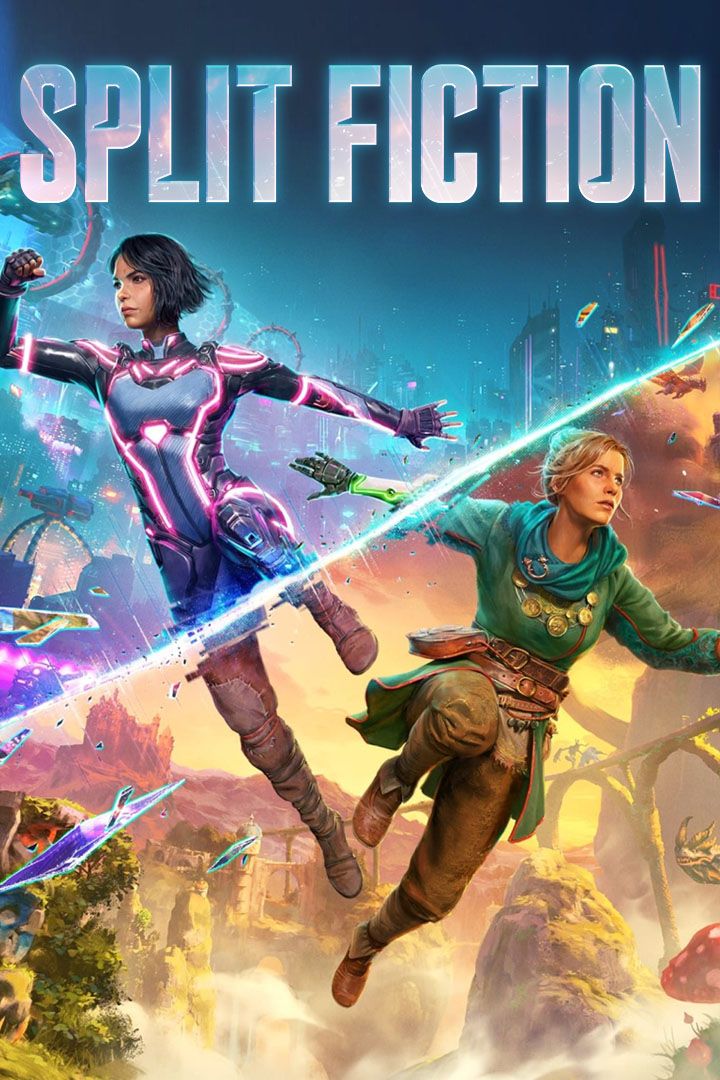
Reviewed On PlayStation 5
Action
Adventure
Sci-Fi
Fantasy
- Released
-
March 6, 2025
- Developer(s)
-
Hazelight Studios
- ESRB
-
T For Teen // Blood and Gore, Crude Humor, Language, Violence
- Consistently inventive and unpredictable level design
- Zoe and Mio are a wonderful pair of lead heroines
- Visually imaginative and mechanically satisfying throughout
- Predictable storytelling that is often dependant on cliche
- Certain levels are much longer than they need to be
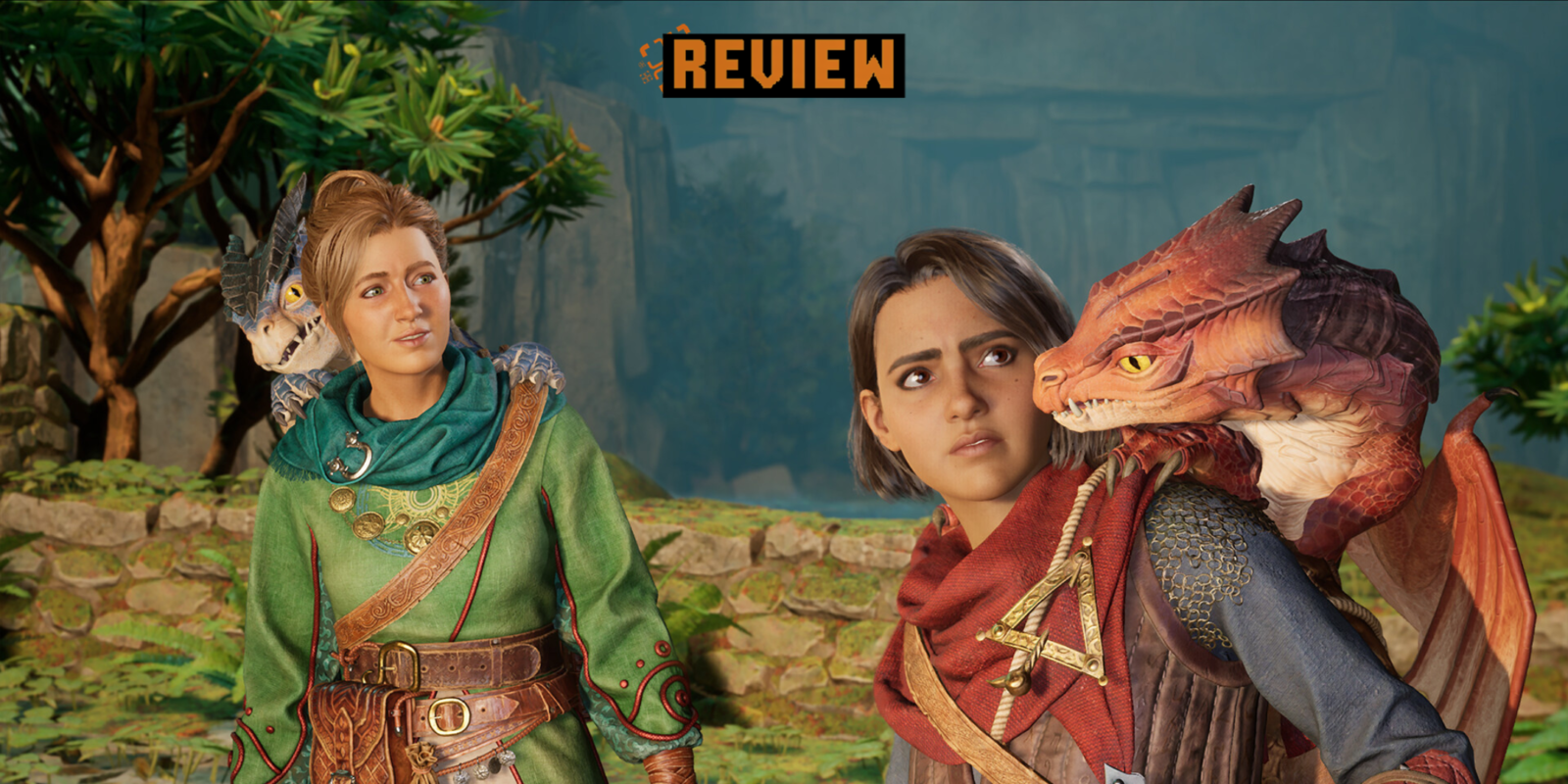
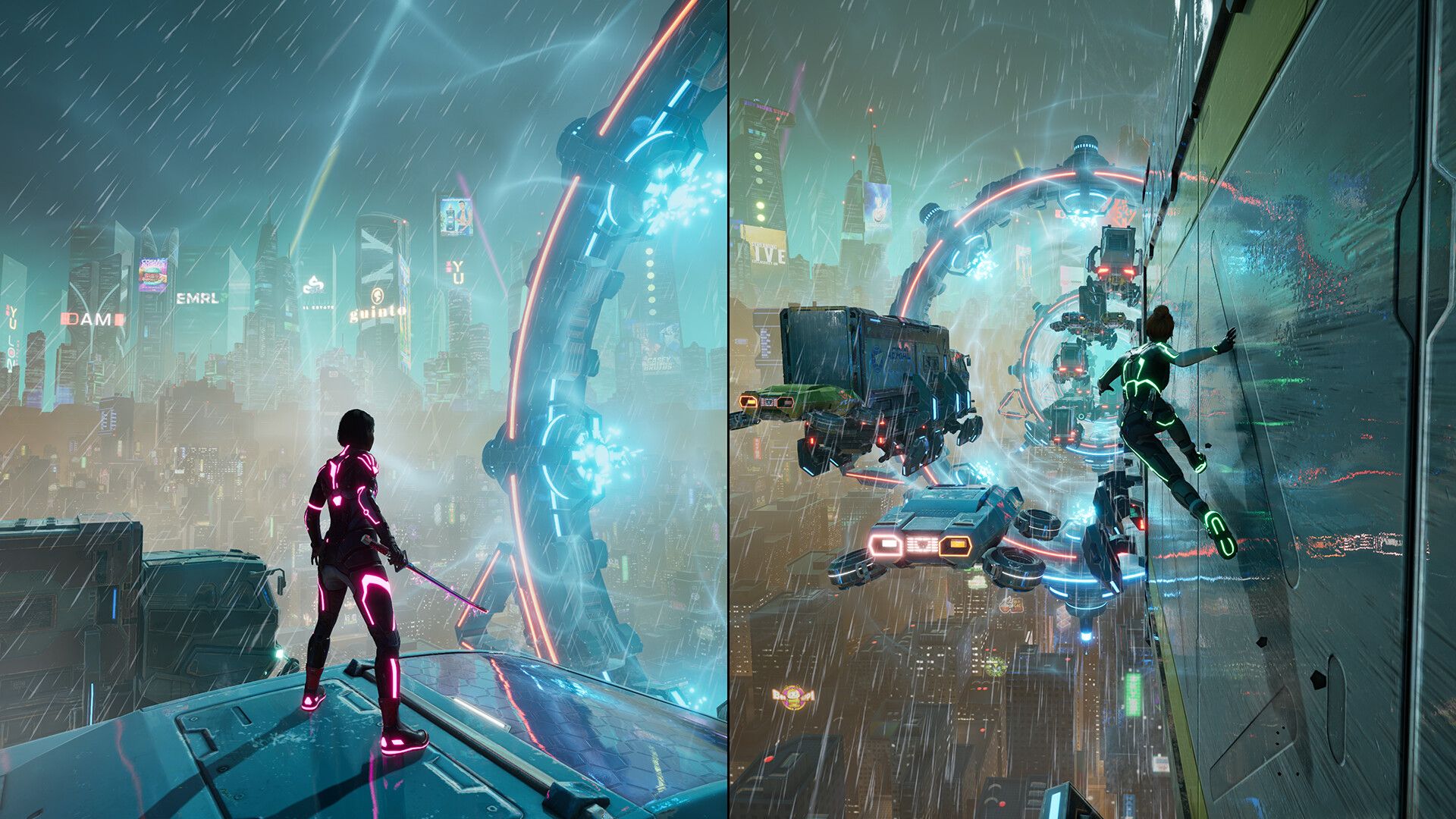
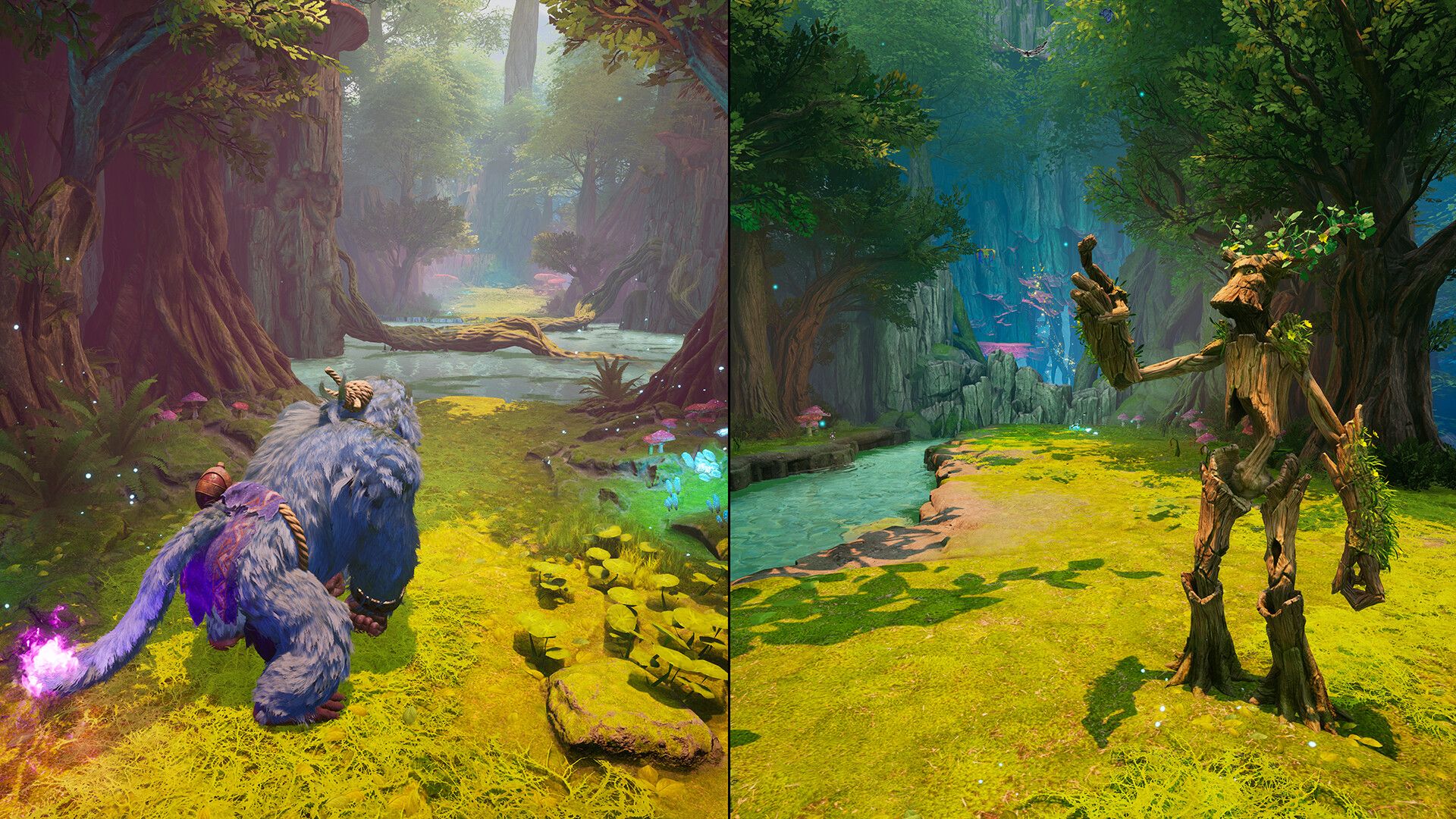
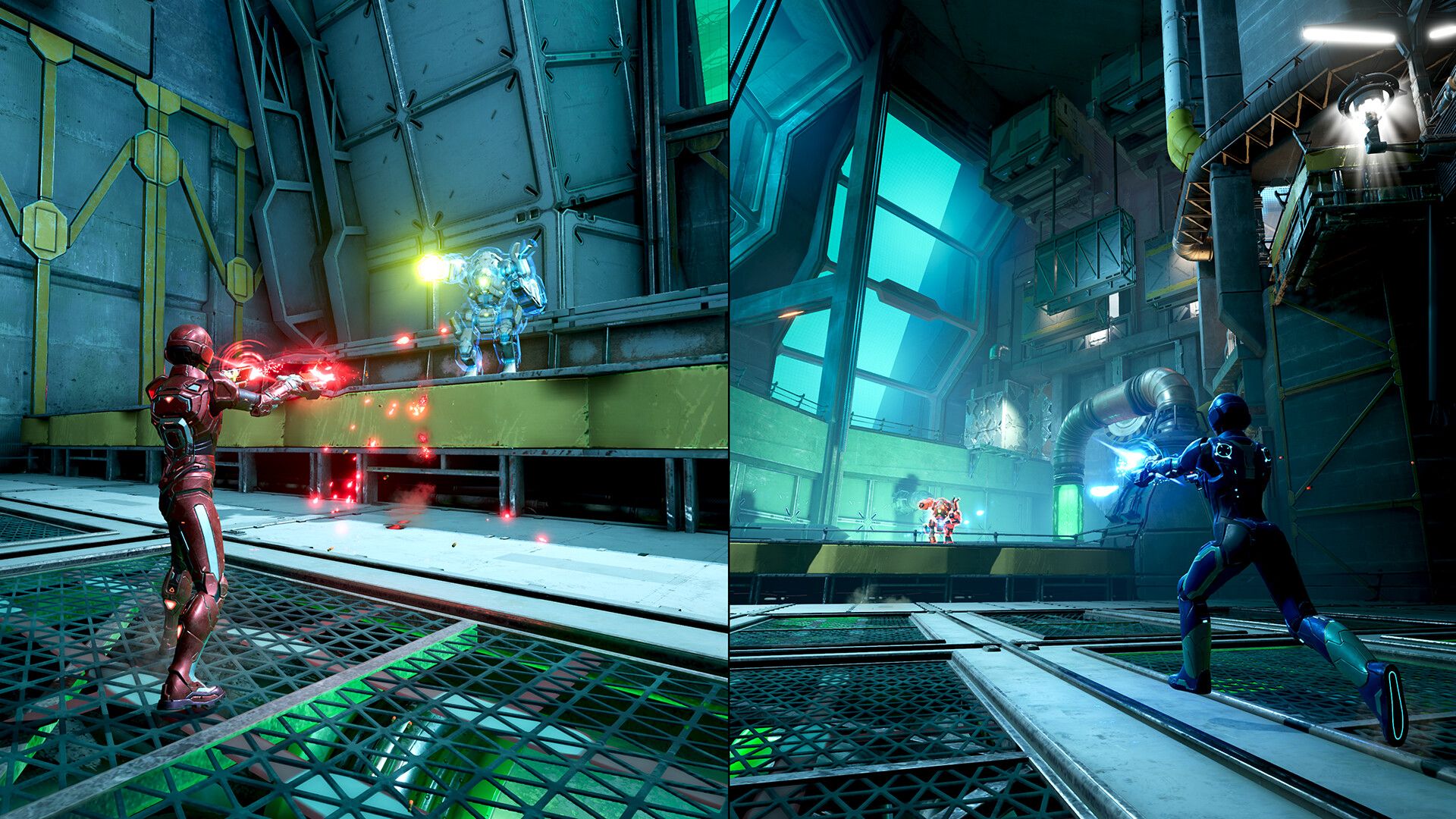
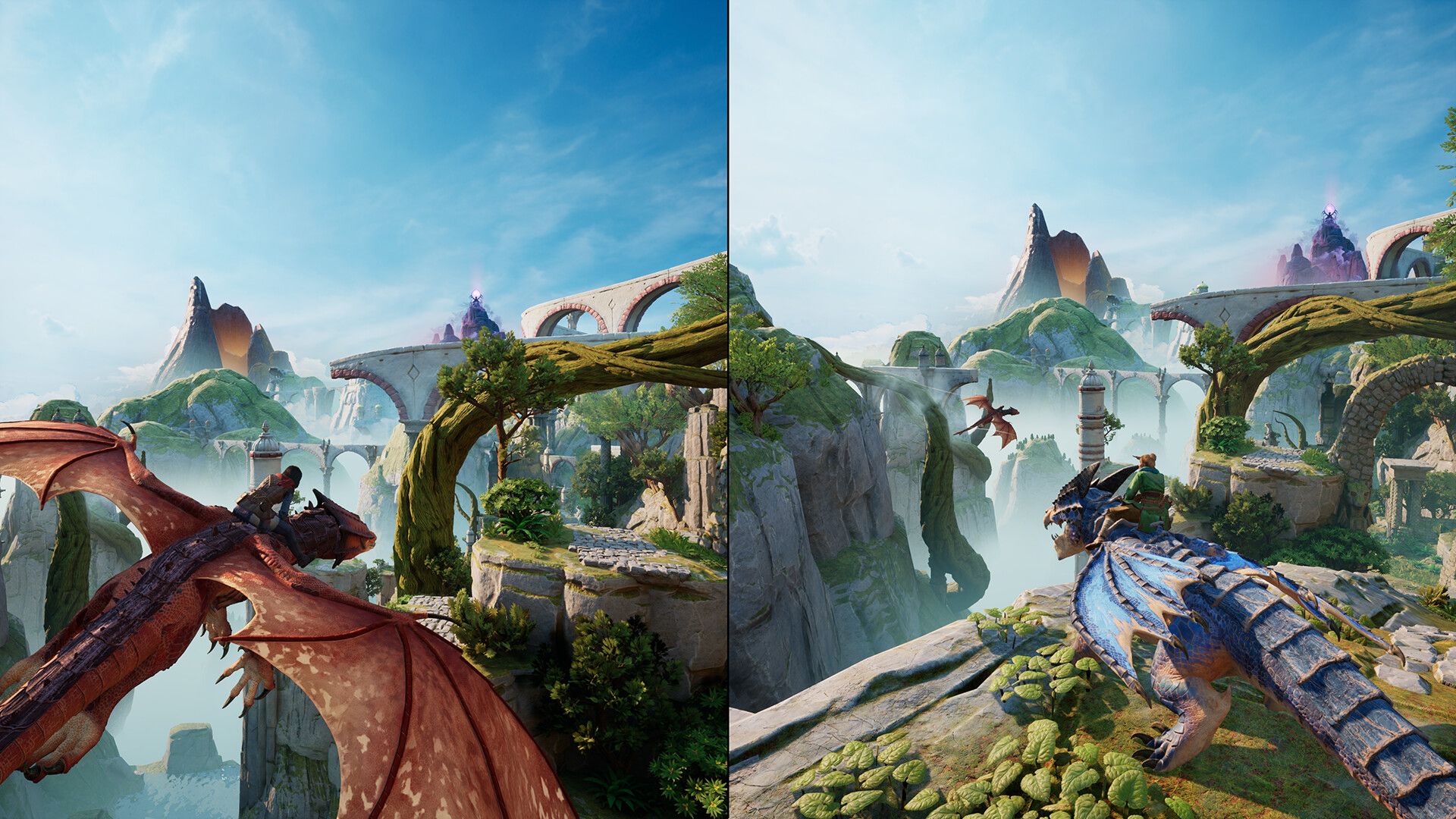
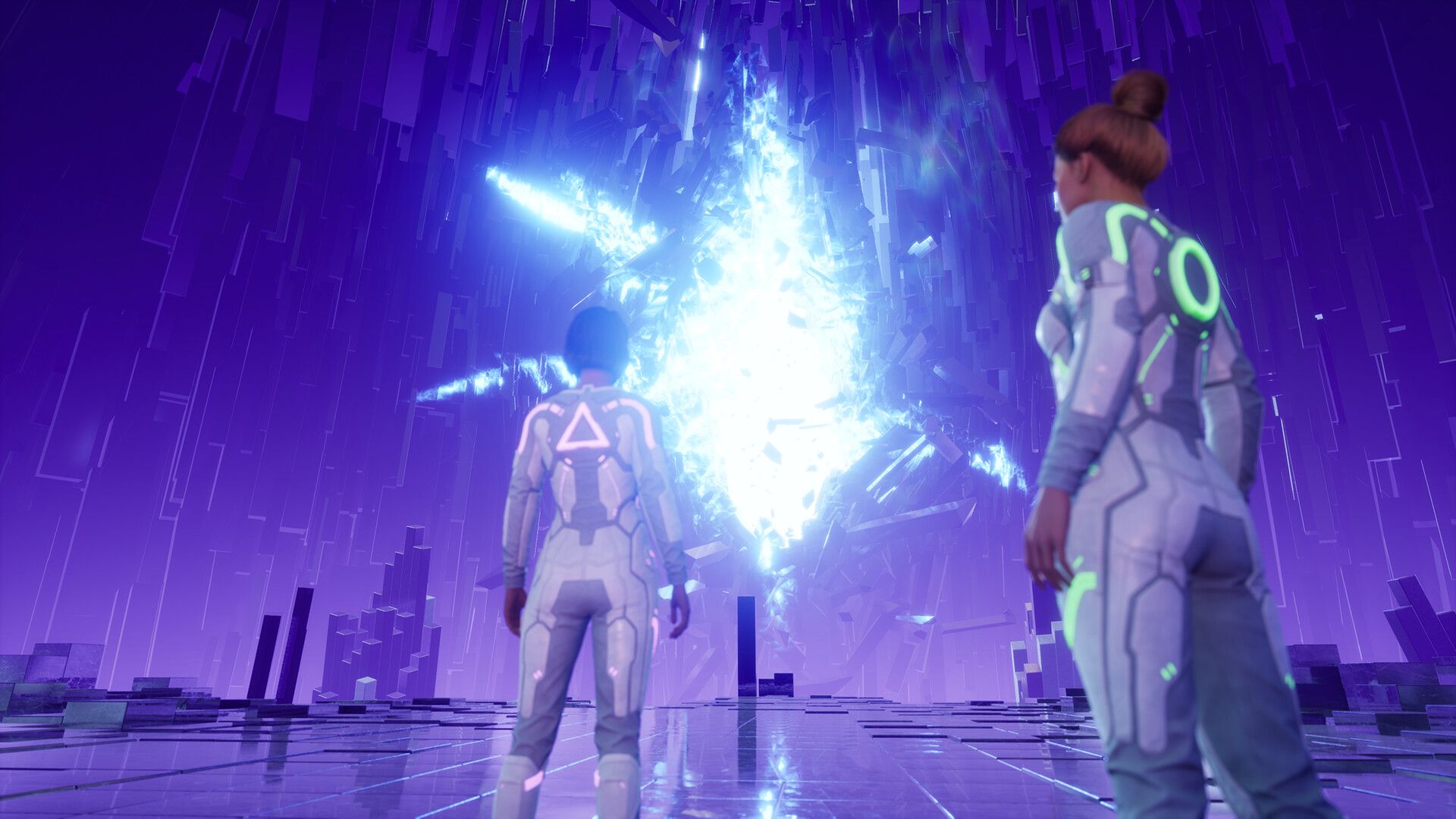


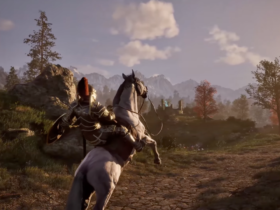
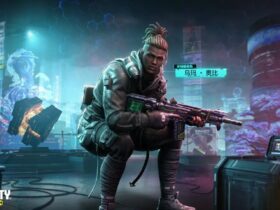




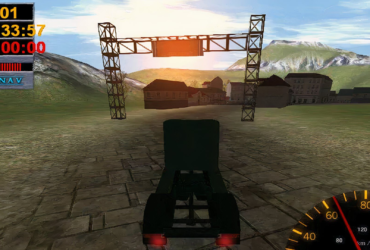
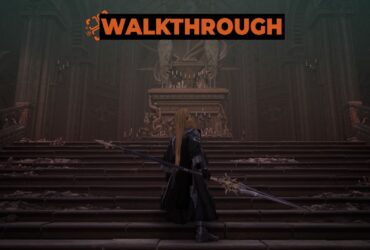
Leave a Reply